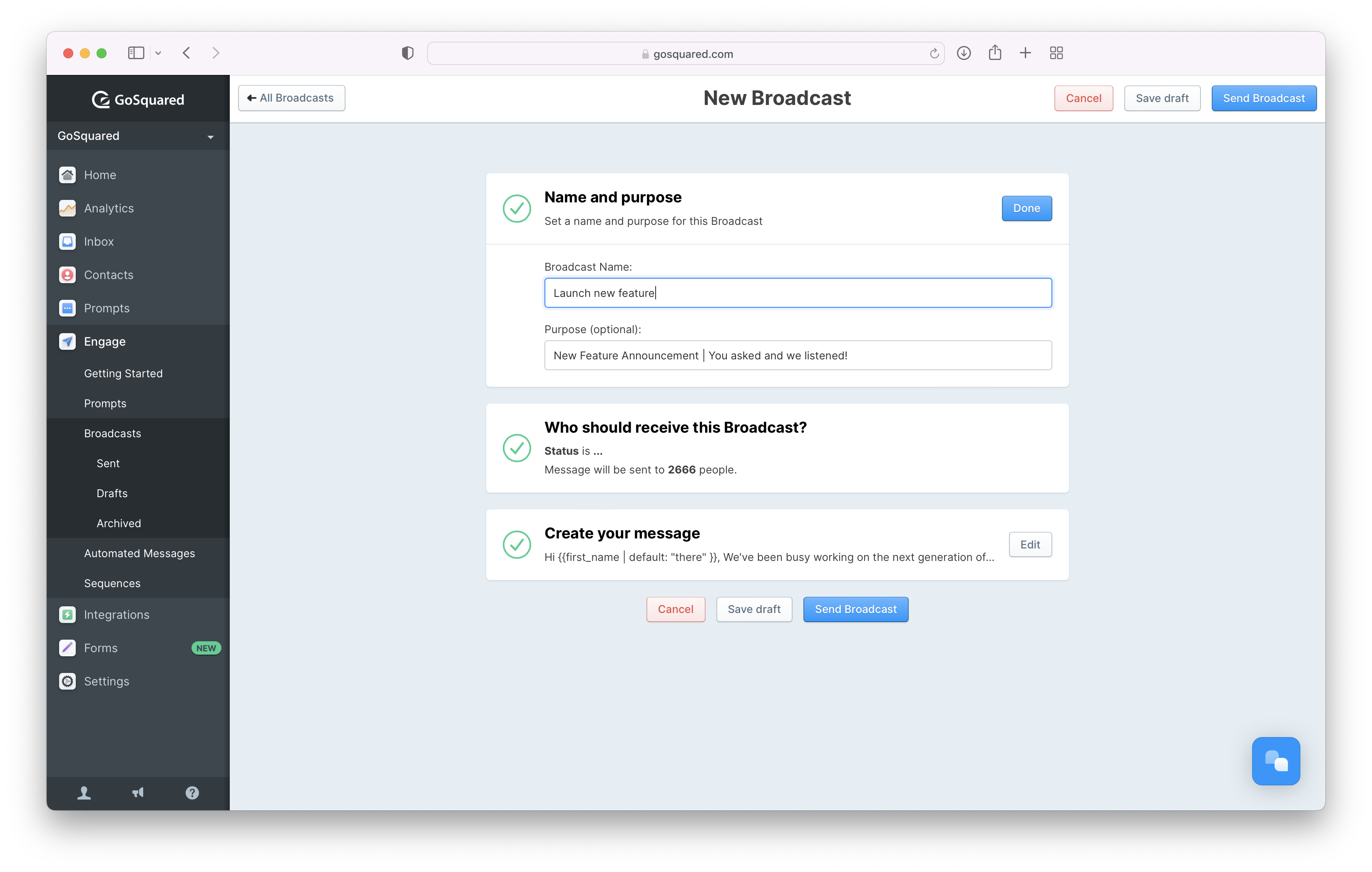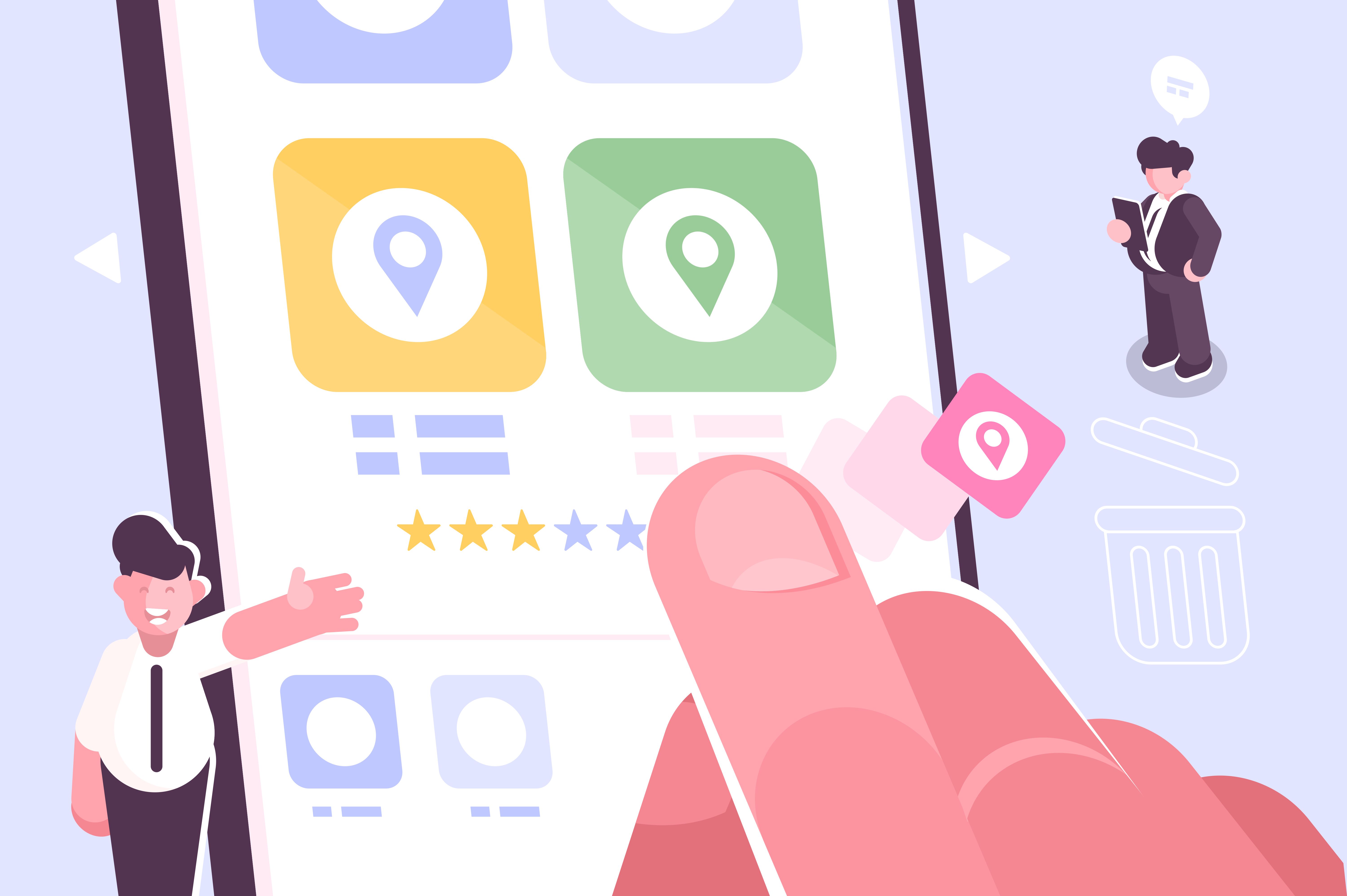For subscription-based businesses, a good customer engagement strategy plays a vital role in retaining your users when their renewal rolls around.
Unfortunately, it’s easy to fall into a few all-too-common traps that can lead to disengaged customers at risk of churn.
Want to ensure success when it comes to retaining customers and attracting new ones?
In this article, we’ll cover how to avoid the most common mistakes when it comes to customer engagement.
Why have a customer engagement strategy? – The importance of engaged customers for subscription-based businesses

A subscription-based business needs engaged customers.
That’s because you’re not selling a product that your customers will buy as and when they need it.
Instead, you’re selling a service that is often billed on a monthly or annual basis. That means your customers will have regular opportunities to see their money being paid to you, regular opportunities to review the service they’re receiving, and regular opportunities to wonder if their money might not be better spent elsewhere.
Any one of these aspects could lead to customers leaving your service at any time. However, an engaged customer has no reason to look elsewhere.
The importance of customer engagement goes far beyond retaining your customers. Research has shown that engaged customers offer a higher lifetime value, representing a 23% premium.
Therefore, engaging customers doesn’t just keep them loyal. It increases their value, too.
But, all too often, businesses struggle to implement effective engagement campaigns. So where do they go wrong, and what happens when they do?
Are you making these customer engagement strategy mistakes?

Whether you are a business owner, marketer, or anyone else involved in the process of bringing in customers and encouraging loyalty, you’ll know that things don’t always go to plan. While the finer details will differ, often the source of the problem can be traced back to your strategy.
If you aren’t hitting it out the park with your customer engagement, then any number of these issues could be to blame within your customer engagement strategy specifically.
Lack of strategy
Starting with the obvious, your customer engagement strategy can only work if you have one in place. Otherwise, your engagement messages will be uncoordinated with a complete lack of direction.
Some of these messages will work, some of them will not. You’ll achieve your goals with some customers almost by accident. Other customers will slip through the cracks, sent in the wrong direction by uncoordinated, disconnected messages.
Therefore, building a solid engagement strategy before you start sending your messages is vital to your success.
Learn more: The ultimate guide to customer engagement.
Lack of focus
Sending your messages to all of your customers makes for a generic, impersonal experience that won’t engage them. And sending your messages to the wrong person is even worse: you’ll annoy CEOs by sending them a message clearly intended for web developers, for example.
So make sure both you and your engagement platform are correctly identifying the right person to receive your messages.
Bad automation
Automation is a powerful tool, but it needs to be set up carefully. A well-crafted sequence of messages can be ruined by a misstep, such as forgetting to properly set the conditions of a message. This can result in a customer receiving a message congratulating them on activating an integration that they haven’t, for example, or a customer who hasn’t yet viewed a webinar receiving a follow-up message about a product demo.
Of course, mistakes happen. But too many of these sorts of mistakes give your business a poor, amateurish reputation that won’t instill trust in your customers. This is why it’s important to check your automation sequences carefully and review them regularly.
To get started on the right foot, check out our beginners guide to email automation.
Bad timing
Another risk to automation is that real-world events can overtake your pre-written messages and leave you exposed. An easy example would be an email telling your customer to sign in when your service is down.
A more tone deaf example would be sending a message that reads very differently in the light of world events, such as when Adidas sent an email with a subject line that read “Congratulations, you survived the Boston Marathon”…after the 2013 Boston Marathon bombing.
Make sure you have an awareness of the messages you’re regularly sending out via automation and tweak or pause them as necessary.
Too many messages
With so much riding on creating good customer engagement, it can be tempting to send lots of messages to stay top-of-mind and give your customers plenty of opportunities to engage with your business.
But more messages ≠ more engagement. Bombarding your customers with too many messages will alienate your customers.
Remember that each point of contact cuts both ways. Yes, it’s an opportunity to engage with your customers. But it’s also an opportunity for your customer to click that unsubscribe button. So make sure you’re using your customer engagement platform to send fewer, more impactful messages.
What happens when your customer engagement strategy fails?
Successful customer engagement helps you to retain existing customers and maximise their lifetime value. But poor engagement doesn’t just leave these opportunities on the table; it can actively damage your business.
This can be seen in research that found 32% of people asked would stop working with a business after just one negative experience. And there is no question that poorly executed engagement creates a bad experience for your customers.
- By getting engagement wrong, you’re sending them messages that are irrelevant or unhelpful.
- By getting engagement wrong, you’re training them to ignore you.
- By getting engagement wrong, you’re giving away profits and driving away up to a third of your customers. And it could be even more than that.
For example, we started working with an education company which wanted new customers to complete their profile when they signed up. Customers with complete profiles enjoyed better interactions within the community, and therefore had more reason to remain subscribed.
But they were seeing only 4% of new users completing their profile. Meaning 96% of new users were going on to have a suboptimal experience of the service.
How to to create a successful customer engagement strategy

Any of the above sound familiar? Now is the time to address any pitfalls within your customer engagement strategy, so you can grow your business and encourage customer loyalty.
After all, we know it’s never been more important to successfully engage with your customers. GoSquared’s Engage makes this once complicated and time-consuming task easier than ever.
Packed full of features allowing you to capture leads, onboard users, make announcements and retain customers, Engage is here to help your business succeed.
Need more help in understanding customer engagement? Try our free customer engagement course today.
Or want to discuss how to improve your customer engagement in greater detail? Reach out to us at any time to arrange a personal demonstration of any of our products with one of our sales engineers.

